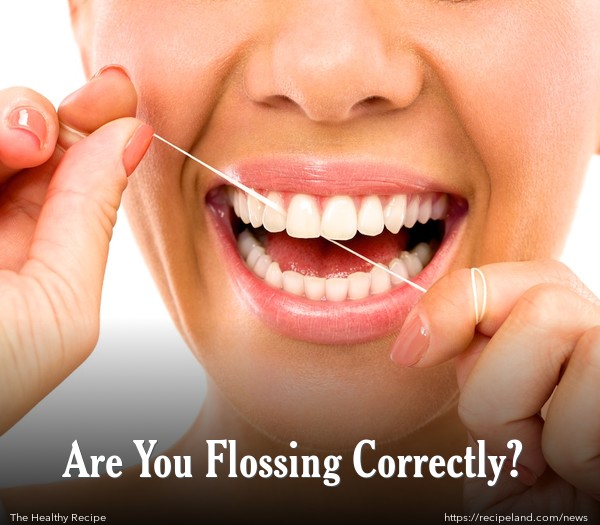Most people are pretty consistent about brushing their teeth every day, but there are still a lot of people who are cutting corners when it comes to regular flossing. Regular flossing has been shown to be a critical part of your overall health.
Frederick Abeles, D.D.S., a clinical instructor and regional director of the Las Vegas Institute for Advanced Dental Studies states, “You can brush your teeth all day long until your hand is tired from holding the toothbrush, but there are still areas, like where your teeth touch together and the gum line in between, that the brush cannot reach.”
When you fail to floss, you are unfortunately overlooking some of the areas in your mouth where bacteria can gather. This bacteria can accumulate and lead to eventual gum disease and tooth decay.
Bacteria will also combine with saliva and food, and can create plaque buildup, which is a sticky film that adheres to your teeth and can trap even more bacteria.
Are you wondering about the proper way to floss? Here are five important steps that can get you well on your way.
1. Begin by wrapping the floss around your middle fingers. This keeps your index fingers and thumbs free so that you can direct the floss in the right directions and apply adequate pressure.
2. Start by gently sliding the floss between two teeth and perform a slight sawing motion, dragging the floss back and forth until the floss snaps through the contact between the two teeth.
3. Using your fingers, wrap the string of floss around each side of the tooth, one side at a time. The floss should be creating a C-shaped line. Using your index fingers, gently slide the floss up and down the tooth several times. Be sure to go slightly below the gum line for each side of the tooth.
4. Remove the floss from that area, slide down to use a new spot on the floss, and repeat the process between each tooth in your mouth.
5. Continue until you have flossed between every tooth. If you notice that your gums begin to bleed, you can still continue.
Abeles explains, “If your gums are bleeding, that’s because of bacteria that’s causing inflammation. Keep at it once a day, and in a few weeks, you’ll probably see an improvement.”
As you get used to flossing every day, remember that not every person has the same mouth. There are different kinds of floss, some are better when it comes to personal preference, but others are designed for tighter teeth, more widely spaced teeth, or other issues. You can buy floss picks, which are great when you have to get the job done quickly, but these handy little tools don’t form the recommended C-shape that is recommended for best results.
Abeles recommends using floss that is coated with a light layer of wax. He explains, “One of the big reasons a lot of people will stop flossing is because it’s hard to get between the teeth, or the floss snaps or shreds or gets stuck.”
When you floss (such as before or after you brush) is not important, as long as you make sure to floss regularly. Abeles does recommend brushing first, “When you brush first, you’re getting more gross removal of the bacteria that’s in your mouth. So your mouth is cleaner, then the floss just finishes everything off after that.”










Comments